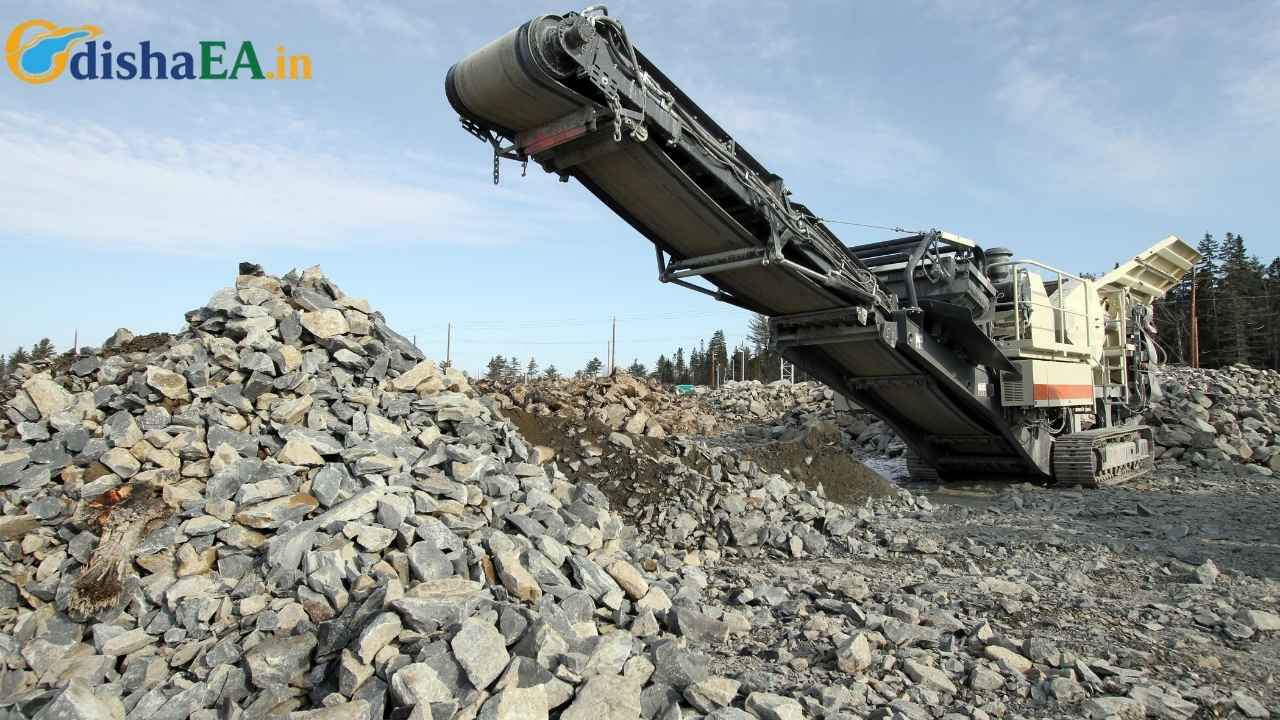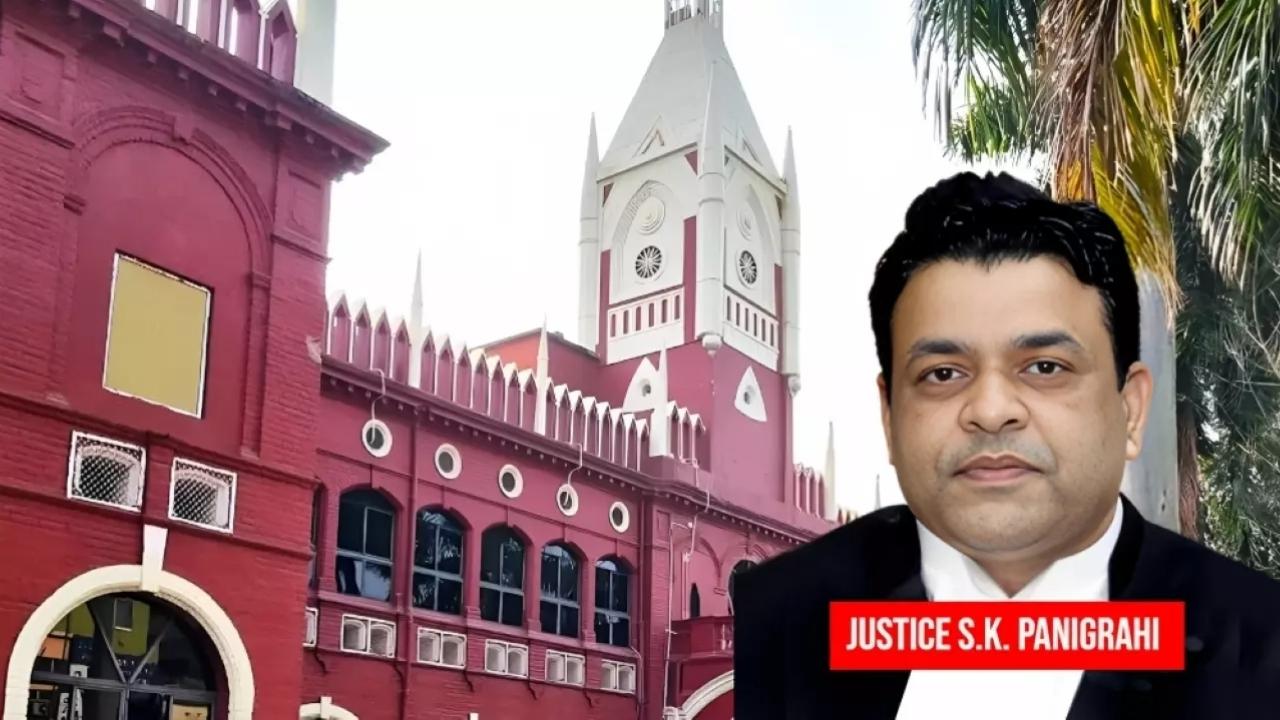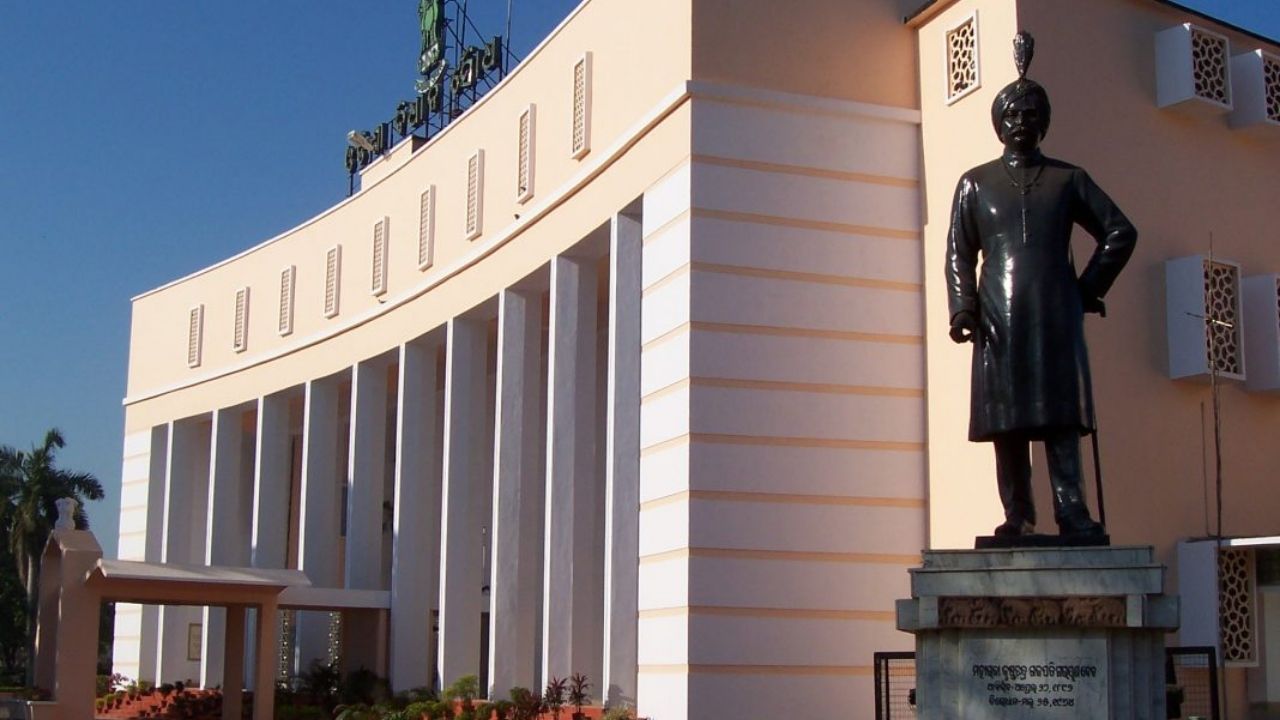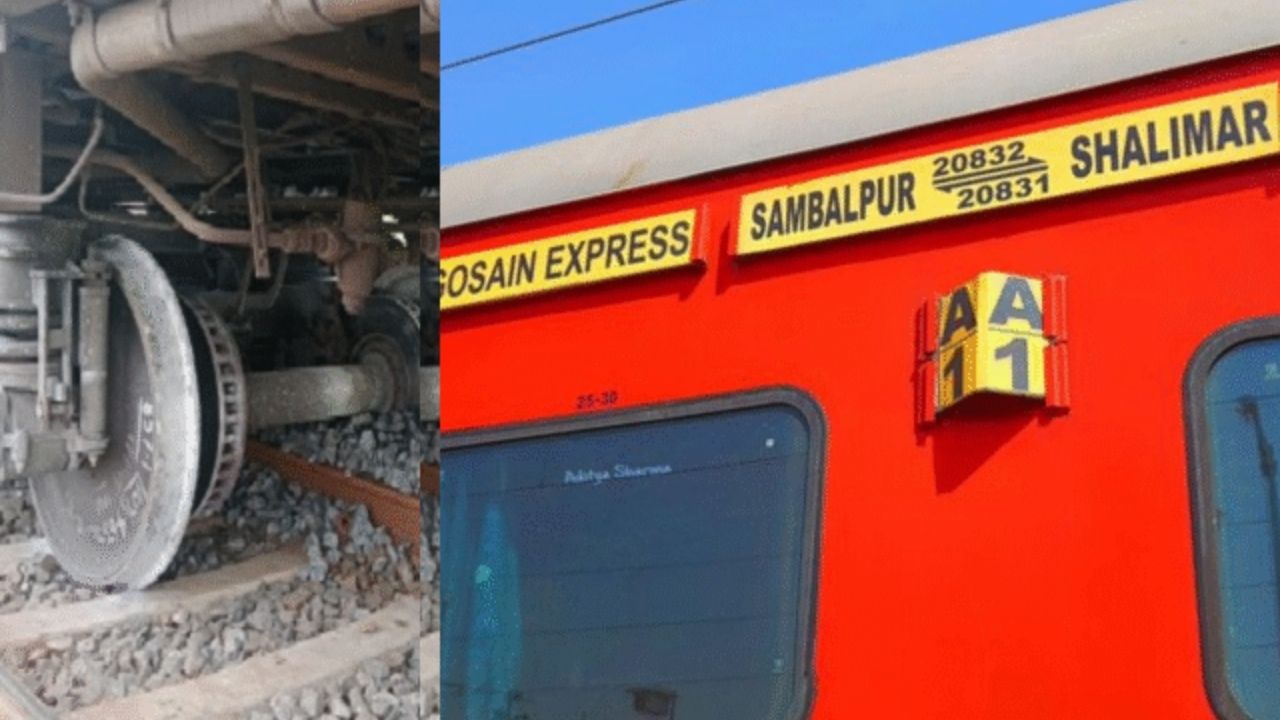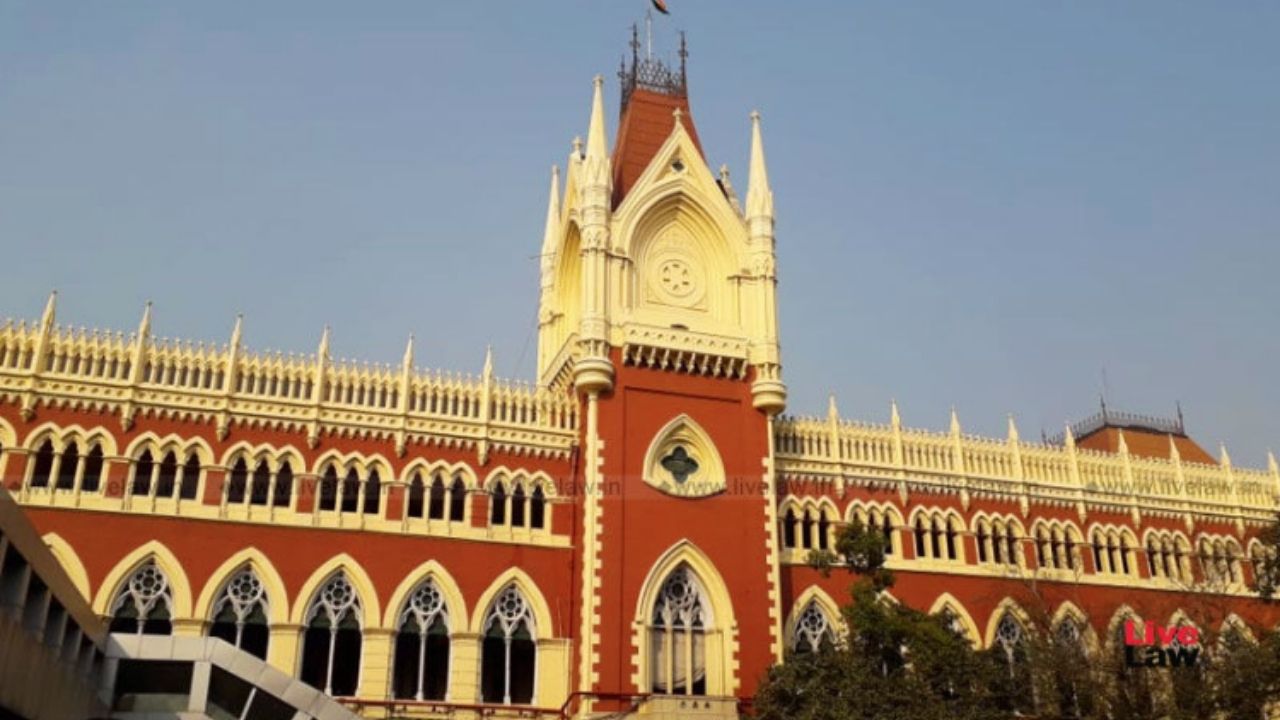The National Green Tribunal (NGT) has sent shockwaves through Odisha’s administrative corridors by cracking down on an illegal stone crusher operating in Balasore district, particularly near sensitive ecological zones. This move highlights the growing scrutiny over environmental violations and underscores the importance of upholding environmental law.
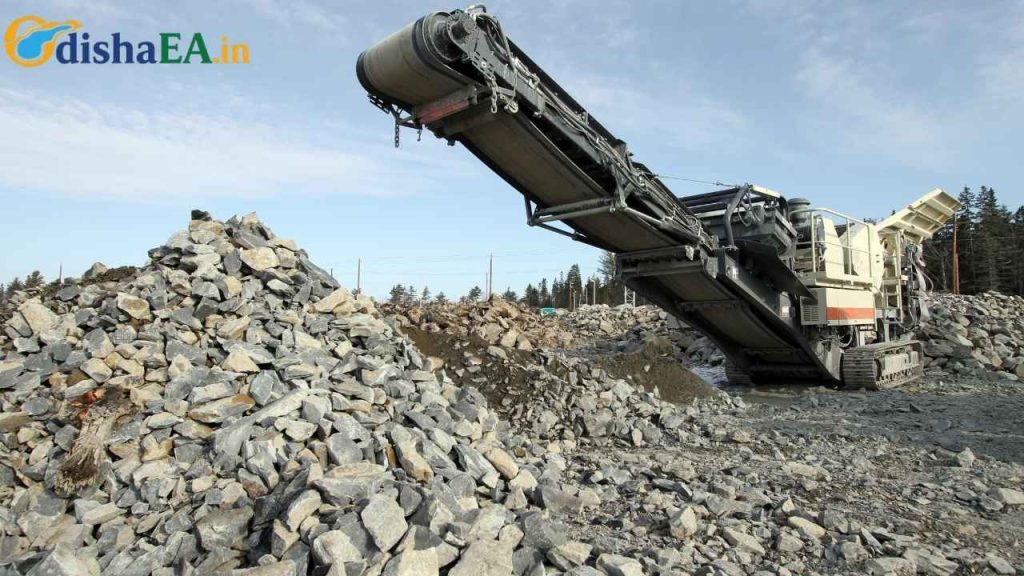
Whether you’re a concerned citizen, an environmentalist, or someone working in land or infrastructure development, this case serves as a wake-up call. Let’s break down what’s happening, why it matters, and what it means for everyone involved — in plain, straightforward language.
NGT Cracks Down
| Topic | Details |
|---|---|
| Location | Jamudiha village, Nilgiri tehsil, Balasore district, Odisha |
| Violation | Illegal operation of a private stone crusher and morrum quarry on village forest land |
| Environmental Threat | Located within 10 km of Kuldiha Wildlife Sanctuary and 2 km of a Defense radar site |
| Policy Breach | Violates 2010 MoEFCC guidelines (200m rule), 2007 OSPCB directive (1km from village periphery) |
| NGT Action | Notices issued to Odisha Chief Secretary, Forest & Revenue Secretaries, Collector, SEIAA, OSPCB |
| Next Hearing | October 7, 2025 |
| Official Source | NGT India |
The NGT’s crackdown on the illegal stone crusher in Balasore is more than just a local issue — it’s a national wake-up call. With environmental norms being violated near human settlements, wildlife sanctuaries, and defense zones, this case underscores the need for stronger enforcement, responsible development, and civic participation.
Whether you’re a policymaker or just someone who cares about clean air and safe forests, this is your cue to act.
What’s Going On in Balasore?
Here’s the story: two local residents—Manas Ranjan Barik and Manoj Parida—filed a complaint saying a stone crusher was being run illegally on forest land near Jamudiha village. Now, that might sound like a minor issue, but it’s actually a big deal.
Why? Because this crusher:
- Is too close to where people live (less than 200 meters),
- Is too close to Kuldiha Wildlife Sanctuary (less than 10 km),
- And even sits near a sensitive Defense radar project being built nearby.
And here’s the kicker: the law clearly says that crushers can’t be set up near villages or wildlife zones without clearance. But this one was humming along like nobody cared.

So the National Green Tribunal (think of them like the eco-police of India) stepped in and asked, “Yo, Odisha Government, what’s the deal here?”
Who Did NGT Call Out?
In its ruling, the NGT Eastern Zone Bench in Kolkata issued notices to:
- Chief Secretary of Odisha
- Secretaries of the Forest and Revenue Departments
- District Collector, Balasore
- State Environment Impact Assessment Authority (SEIAA)
- Odisha State Pollution Control Board (OSPCB)
- The proprietor of the stone crusher
Basically, every major stakeholder in the state machinery is now under scrutiny.
What’s the Environmental Fuss About?
If you’re wondering why this matters, here’s a quick guide:
1. Stone Crushers = Dust + Noise
Stone crushers break down rocks into smaller pieces, which means a lot of airborne dust and constant rumbling noise — not great if you live nearby.
2. Kuldiha Wildlife Sanctuary
This area is home to elephants, leopards, and rare birds. Any disturbance near this sanctuary could upset the fragile ecosystem.
3. Defense Installations
The crusher site is within 2 km of a sensitive radar project by the Ministry of Defense — that’s a national security issue.
What the Laws Say
Let’s break down the legal side:
2010 MoEFCC Guidelines
- Crushers must be at least 200 meters from human settlements.
- Need clearance if close to eco-sensitive zones.
2007 OSPCB Circular
- Stone crushers should be over 1 km away from village peripheries.
- Must follow air and noise pollution norms.
This means the crusher in question is breaking both rules — no two ways about it.
What Happens Next?
The NGT has asked all involved parties to respond within one month, and the next hearing is set for October 7, 2025. Depending on the findings, the tribunal can:
- Order the crusher’s immediate shutdown
- Fine the operator and even the authorities for negligence
- Ask for restoration of the damaged land
- Mandate compensation to affected locals
Why Should You Care?
Whether you’re a resident, a policy-maker, or a businessperson, here’s why this case matters:
- For Locals: It’s about health, clean air, and safe water
- For Investors/Businesses: It’s a reminder to follow environmental compliance or face the heat
- For Government Officials: There’s mounting pressure to ensure no more lapses
In short: If you think cutting corners is cool, think again. NGT isn’t playing.
Practical Advice: How to Handle Environmental Compliance
For Business Owners:
- Check Land Records: Make sure you’re not on forest or protected land.
- Get All Approvals: SEIAA, pollution board, local panchayats — cover your bases.
- Maintain Safe Distances: At least 200m from homes, 1km from villages, and 10km from sanctuaries.
For Government Officials:
- Update Satellite Records: Work with ORSAC to monitor land use.
- Community Monitoring: Encourage villagers to report violations.
- Strict Audits: Perform surprise checks, especially in eco-sensitive zones.
For Citizens:
- Report illegal mining on NGT Portal
- Join local forest or wildlife protection groups
- Ask your local MLA or Panchayat for updates on land use in your area
NGT Slams Odisha Pollution Board for Allegedly Granting Illegal Approval to Rengali Project
Odisha Government Stuns Bureaucracy with Major Reshuffle – Top OAS Officers Shifted Overnight
Odisha to Strengthen Tribal Health Sector with Recruitment of 1,840 Medical Officers
FAQs
1. What is the National Green Tribunal (NGT)?
The NGT is a specialized court in India that handles cases related to environmental protection and conservation.
2. Why is the crusher in Balasore considered illegal?
It violates multiple environmental guidelines, including proximity to villages, wildlife zones, and defense sites without proper clearance.
3. What does SEIAA do?
The State Environment Impact Assessment Authority (SEIAA) evaluates whether a project can be approved based on its environmental impact.
4. How can I report illegal mining or stone crushers?
You can file a petition or report directly to the NGT or OSPCB using official government portals.
5. Could this happen in other districts too?
Yes, and that’s why community vigilance and government oversight are key.

